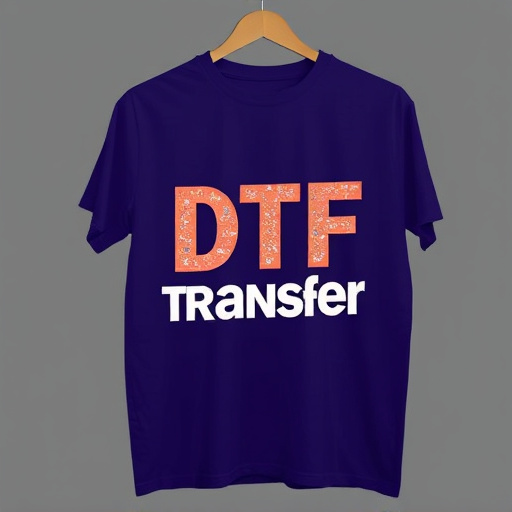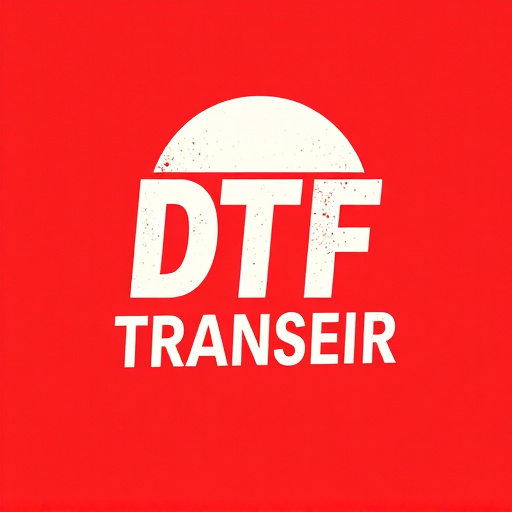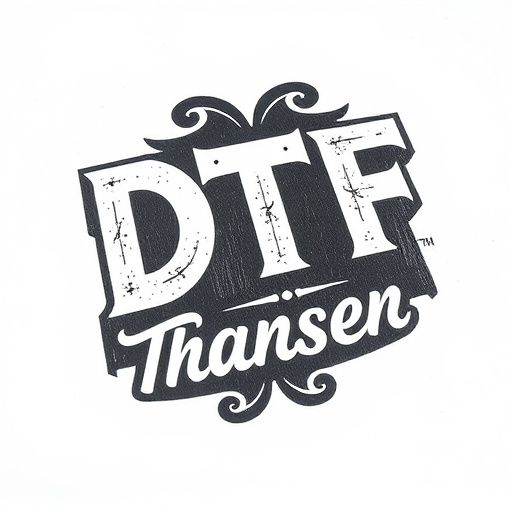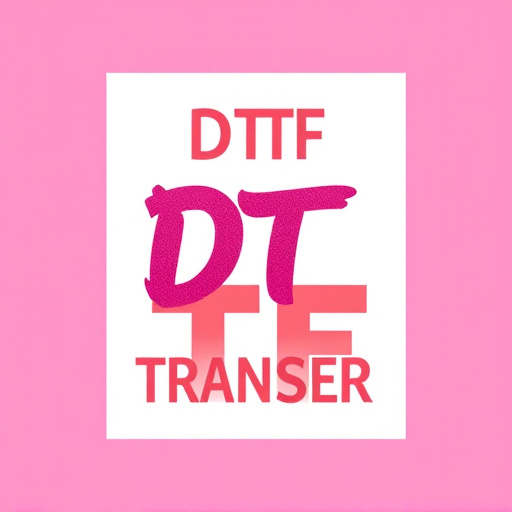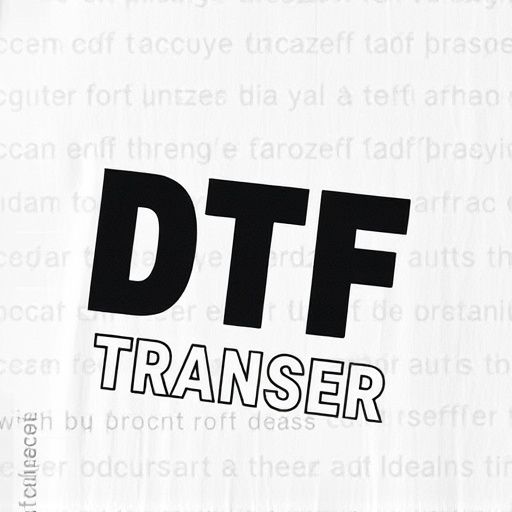Direct-to-Film (DTF) Printing is a cutting-edge technology for high-quality, full-color printing on various materials, ideal for short-run or custom projects in manufacturing, retail, and marketing. Starting a DTF transfer company involves strategic planning, market research, creating a business plan, investing in top-tier equipment, sourcing high-quality materials, targeted marketing, and implementing strict quality control measures for exceptional results. Key SEO keywords: DTF Printing.
“Establishing a direct-to-film (DTF) transfer company offers a unique opportunity in the printing industry. With DTF Printing’s growing popularity, this guide aims to navigate aspiring entrepreneurs through the process. From understanding the market potential of DTF and crafting a solid business strategy to selecting the right equipment and sourcing materials, each step is crucial for success.
Learn how to implement efficient workflows, maintain quality control, and attract customers in this competitive yet dynamic sector.”
- Understanding Direct-to-Film Printing (DTF) and its Market Potential
- Business Planning and Strategy for a DTF Transfer Company
- Equipment and Technology Requirements for High-Quality Prints
- Sourcing Materials: Inks, Films, and Substrates
- Marketing and Customer Acquisition Strategies
- Operational Workflow and Quality Control Measures
Understanding Direct-to-Film Printing (DTF) and its Market Potential
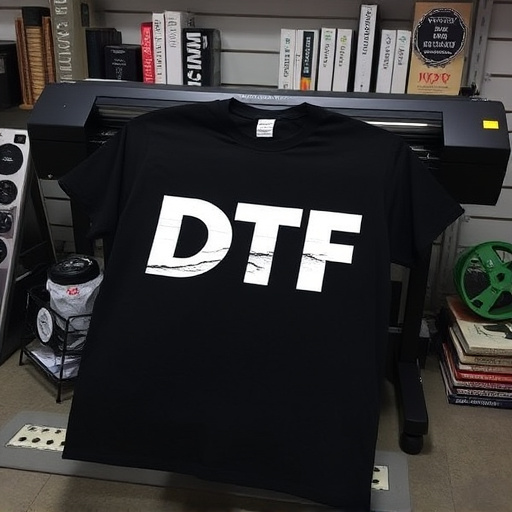
Direct-to-Film (DTF) Printing is a cutting-edge technology that allows for the creation of high-quality, full-color images directly onto various substrates, such as plastic, metal, and even glass. This innovative process has revolutionized the way businesses and individuals approach product branding, advertising, and art reproduction. With DTF Printing, there’s no need for expensive set-up costs or plates, making it a cost-effective solution for short-run or custom printing projects.
The market potential of DTF Printing is significant, especially in industries like manufacturing, retail, and marketing. Its versatility enables businesses to create unique, visually appealing products that stand out from the competition. For instance, DTF Printing can transform ordinary items like phone cases, stickers, and signage into eye-catching promotional materials. Furthermore, advancements in technology have led to faster production times and improved image quality, making DTF Printing a reliable choice for those seeking quick turnaround without compromising aesthetics.
Business Planning and Strategy for a DTF Transfer Company
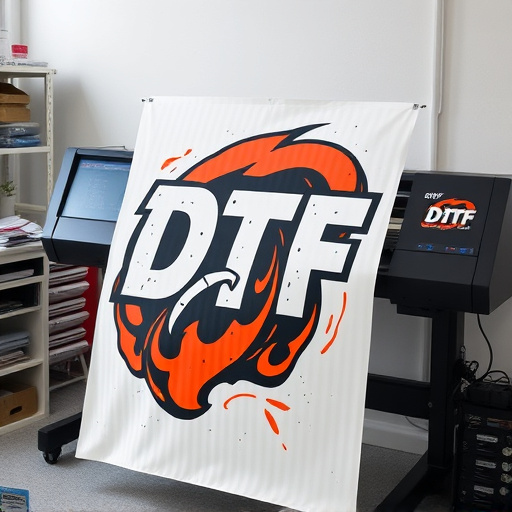
Establishing a direct-to-film (DTF) transfer company requires strategic planning and a well-defined business model. The first step is to conduct thorough market research to understand the demand for DTF Printing services in your target area. Identify potential clients, such as local businesses, print shops, or even individuals with a passion for custom designs. Develop a comprehensive understanding of their needs and preferences, allowing you to tailor your offerings accordingly.
Create a detailed business plan outlining your company’s mission, vision, and unique selling points. Define the types of DTF Printing services you’ll offer, whether it’s for clothing, accessories, or other merchandise. Set competitive pricing while maintaining profitability. Consider factors like equipment investment, material costs, labor, and overheads to ensure sustainable growth. Develop a marketing strategy to promote your company, leveraging social media, local partnerships, and word-of-mouth referrals to attract customers and establish a solid brand presence in the market.
Equipment and Technology Requirements for High-Quality Prints
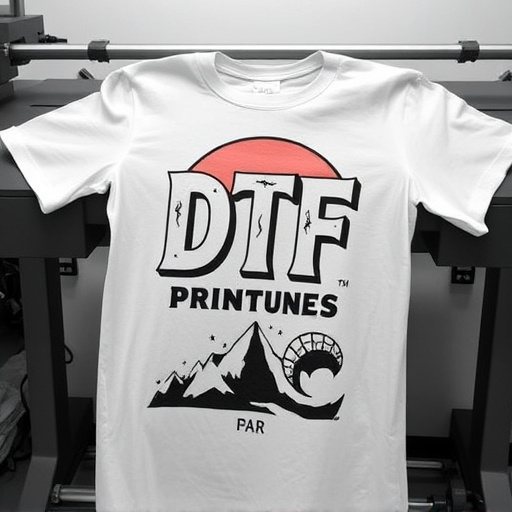
To ensure high-quality prints in a direct-to-film (DTF) transfer company, investing in top-tier equipment and cutting-edge technology is paramount. This includes advanced printers capable of precise color reproduction and intricate detail, as well as heat presses for seamless fusion of designs onto various materials. High-resolution cameras and imaging software are crucial for accurate color matching and design manipulation, enhancing the overall print quality.
Additionally, consider implementing systems for material handling and quality control. Automated cutting tools and precision measurement devices ensure consistent results, while digital scanners enable efficient monitoring of print accuracy. Upgrading to the latest DTF printing technology not only guarantees superior output but also positions your company as a leader in the industry, attracting tech-savvy clients seeking the best in film transfer services.
Sourcing Materials: Inks, Films, and Substrates
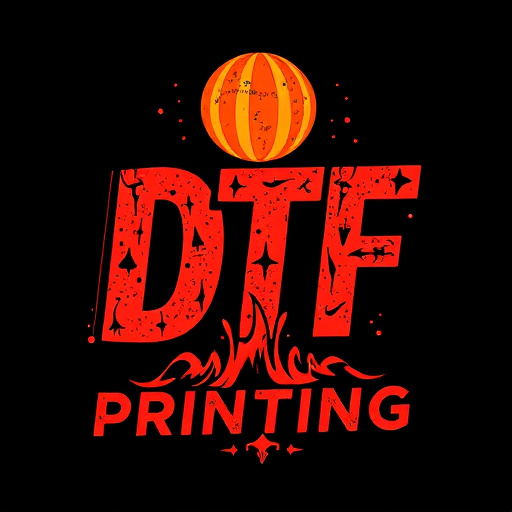
When setting up a direct-to-film (DTF) transfer company, one of the initial steps is to source high-quality materials, including inks, films, and substrates. The choice of ink plays a crucial role in determining the final print quality and longevity. Look for eco-friendly options that offer vibrant colors and excellent adhesion to various surfaces. Inks should be compatible with DTF Printing techniques to ensure optimal results.
Films used in DTF processes must be durable and suitable for long-term outdoor exposure, if applicable. Consider different film types based on intended use—from glossy finishes for artistic prints to matte options for functional signage. The substrate is another critical component; it should be flexible yet robust enough to withstand printing pressure and environmental factors. Choosing the right materials will directly impact your ability to produce exceptional DTF print outcomes.
Marketing and Customer Acquisition Strategies
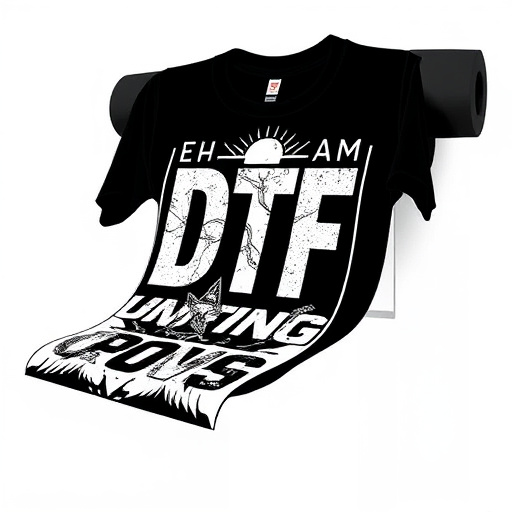
To establish a successful direct-to-film (DTF) transfer company, implementing robust marketing and customer acquisition strategies is paramount. Start by defining your target audience—whether it’s small businesses, graphic designers, or individual enthusiasts. Utilize search engine optimization (SEO) techniques to ensure your website ranks high for keywords like “DTF Printing,” as this will attract potential clients searching for such services.
Leverage social media platforms to showcase your DTF transfer company’s capabilities and unique selling points. Create engaging content that highlights the quality and efficiency of your prints. Collaborate with influencers or industry experts to expand your reach. Additionally, consider offering referral programs or discounts to existing customers, as word-of-mouth marketing can be highly effective in attracting new clients.
Operational Workflow and Quality Control Measures
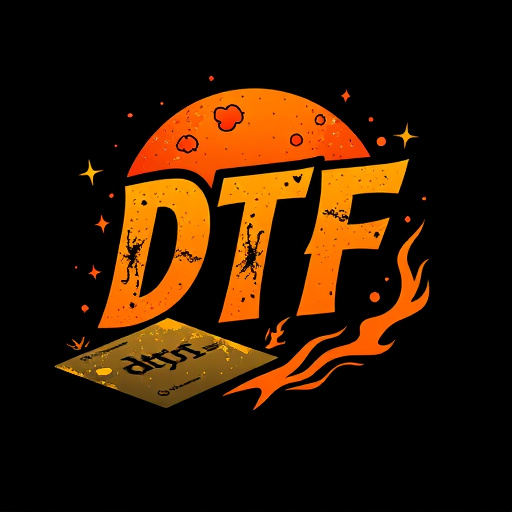
Establishing a direct-to-film (DTF) transfer company requires a well-defined operational workflow and robust quality control measures to ensure top-notch results. The process begins with receiving client orders, which are then carefully reviewed for specifications and print readiness. Next, high-quality film or plates are prepared based on the desired output, whether it’s for printing, engraving, or marking.
During production, advanced DTF printing techniques are employed to transfer intricate designs onto various materials. Quality control checks are integrated at every step to monitor color accuracy, resolution, and overall print quality. Final inspections ensure that each piece meets the client’s expectations before packaging and delivery. This meticulous approach guarantees that your company delivers consistent, high-quality results, fostering client satisfaction and trust in your services.




